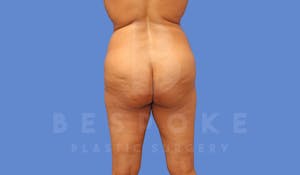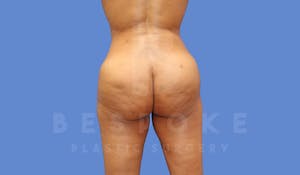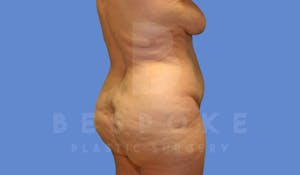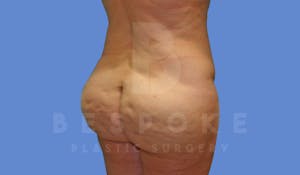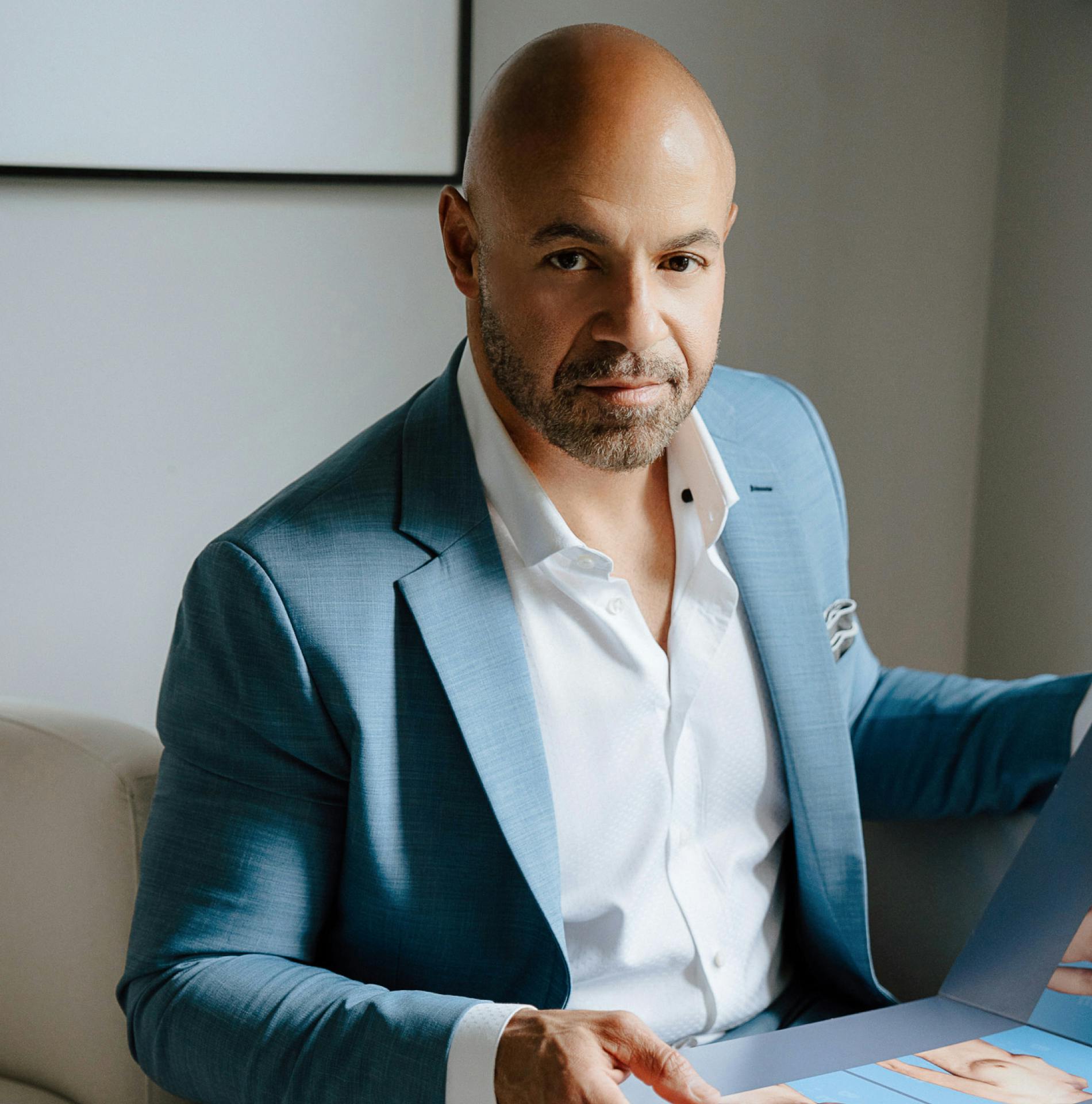I’ve got both excess fat and loose skin on my stomach and I worry how my stomach will look after the fat is removed.
The buttock size and shape aren’t the only important parts about achieving great results in BBL surgery. It is equally important to make sure that any area that serves as a donor site for fat transfer also looks youthful following BBL surgery. On many occasions a skin removal operation such as a tummy tuck, or petite tuck is done at the same time as the BBL. Dr. Pratt will guide you should you have concerns about loose skin following BBL.
What percentage of the fat stays following fat transfer with BBL?
Transferred fat from one region of the body to another is like planting seeds in a garden Some seeds grow and some don’t. Unlike seeds, which given proper sunlight and water will likely thrive, the factors surrounding what gives fat cells the best opportunity to survive following transfer is not completely understood. Results vary from person to person despite consistency in technique. In my estimation it is quite common for up to 40% of the fat may not survive transfer. Despite these numbers, the surviving fat in combination with targeted liposuction of the waist makes for excellent results.
I have a picture of someone I found on the internet who had a BBL. I want you to make me look like her. Is that possible?
In short, no. The most important factors in helping to create an aesthetically pleasing buttock have nothing to do with adding more fat to the rear end. Someone with a boxy mid-section, narrow hips, and minimal curvature in the low back will never be able to achieve an aesthetic of someone who is already an hourglass. Buttock shape has just as much to do with waist and hip size as it does volume. Your BBL is unique to you and you only. Your surgeon can only give you the best version of you – no one else.
I heard that you can’t sit down for months after a BBL. Is this true?
Contrary to popular belief there are no standards or guidelines set for how long you’re not supposed to sit after BBL. These timelines can vary tremendously between surgeons. Ironically, despite the wide variability amongst surgeons, results do not appear to favor a particular regimen. Dr. Pratt prefers a period of two weeks of minimal pressure on the area of transfer.
What if it doesn’t take?
The idea that “nothing took” is not only subjective but virtually improbable. There are nuances with optimizing fat transfer that continue to elude physicians and scientists alike. We don’t have all the answers on why some retain more than others but can only perform a procedure that meets the standard set by our professional societies and hope for maximal retention. Fortunately, the results are consistent enough and bring about enough change that the number of BBL procedures continue to skyrocket around the country despite some of the inherent unpredictability of the operation.


